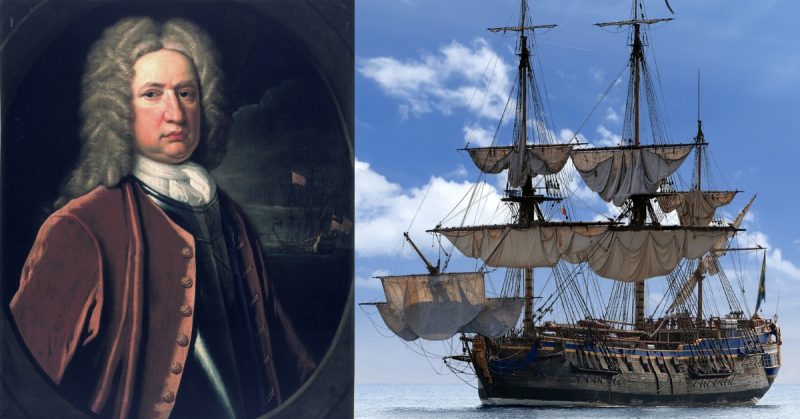Charles Wager was born in 1666. He lived in London with his mother, Prudence (the daughter of Vice-Admiral William Goodson), and step-father, Alexander Parker, a Quaker and a merchant. At the time, the Quakers were a new sect that was treated with suspicion by others.
But through his step-father’s business as a merchant, Wager met a Quaker ship captain, John Hull, and took a job as a cabin boy on his ship. The captain regularly sailed between Britain and the Americas.
In the late 1680s, Britain was at war with France. Privateers would target merchant vessels from the opposing side. Still, Hull refused to arm his ship due to his Quaker beliefs. Once, Hull’s ship was chased by a French privateer near the British coast. Seeing that he could not outrun the French vessel, Hull went below decks to prepare to surrender.
Wager followed the captain below and asked if anything could be done. The captain replied that there was nothing and that they must prepare to surrender.
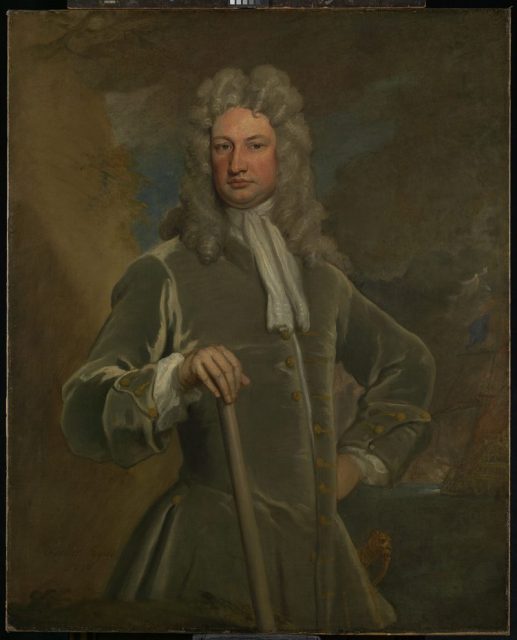
Wager gathered the crew on the deck and told them that, if they would submit to his command, he had a plan that would allow them to conquer the French ship instead of surrendering to it. The crew agreed and they waited for the French to board them.
The French, not expecting any resistance from the unarmed crew, boarded Hull’s ship and left almost no one back on their ship to guard it. At Wager’s command, his crewmates swarmed onto the French ship and essentially hijacked their attacker’s ship.
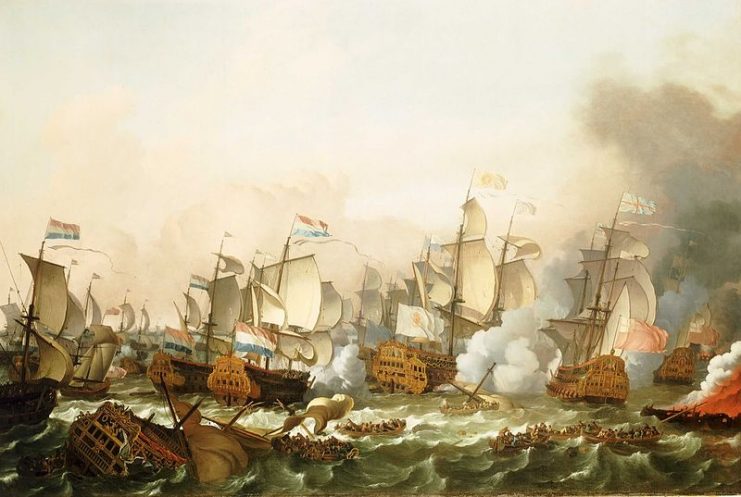
This left the French on the unarmed boat while Wager and his crew commanded the armed vessel. He then commanded the French to follow in his wake or he would blow them out of the water.
After sailing the two vessels into harbor, the event attracted much attention and excitement. The crew was questioned by the Admiralty who found that the plan and execution had been due to one man – Charles Wager.
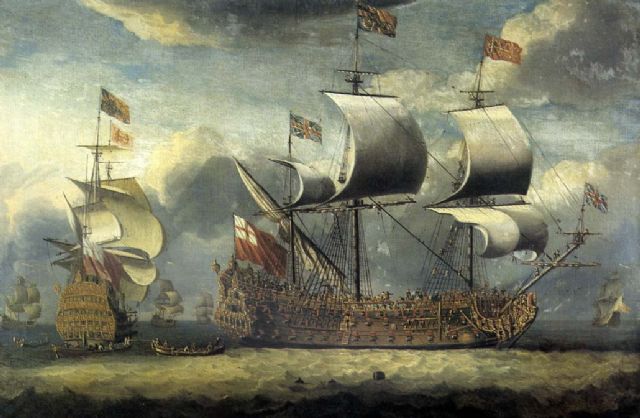
This gave Wager something he had been unable to achieve on his own, a chance to serve in the Royal Navy. His upbringing had made it difficult to get into the Navy, but this daring exploit opened the door for him. He was appointed midshipman.
By 1689, he was made lieutenant and served on HMS Foresight. By the end of his career, he was appointed First Lord of the Admiralty (the head of the Royal Navy). He served in this capacity from 1733 to 1742.
During his tenure as First Lord of the Admiralty, the Royal Navy was by far the largest navy in the world with more vessels and more bases around the globe than any other. Their logistics organization was the most sophisticated and elaborate of any navy.
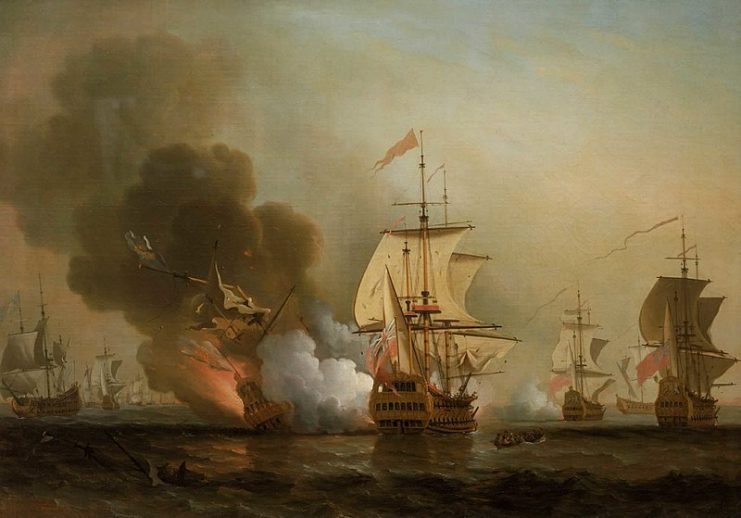
The Royal Navy built bases in the Caribbean during Wager’s tenure and improved their ships. This last fact was important as it is generally agreed that the French ships outclassed the British at the time.
He became very rich during his career. It is said that he never forgot the Quaker captain he served under as cabin boy and that he sent a generous sum of money every year to Hull to help him as he aged.
